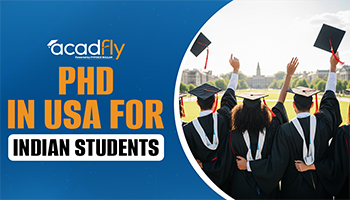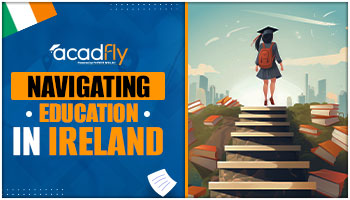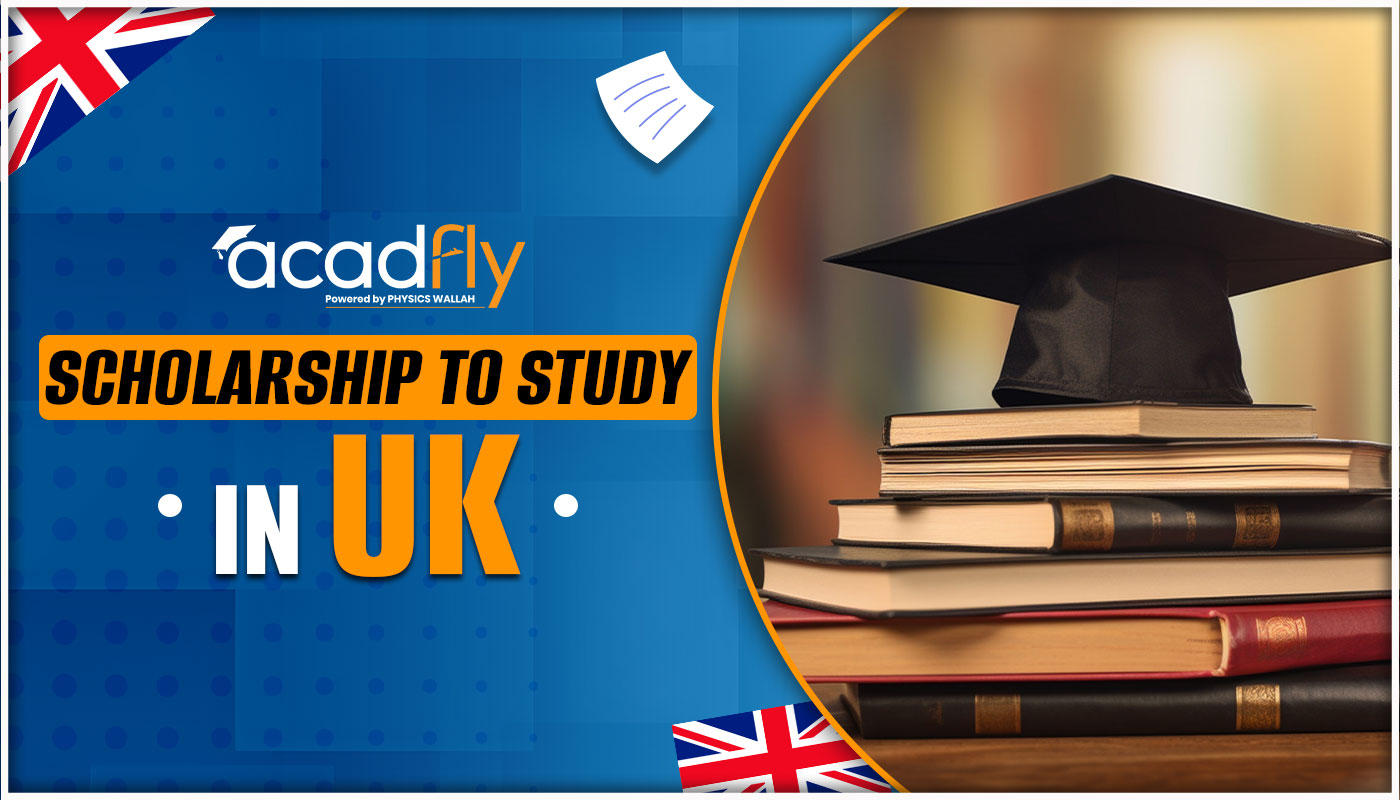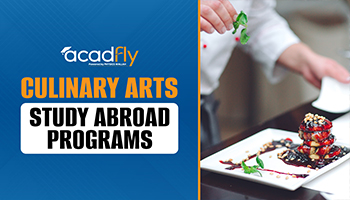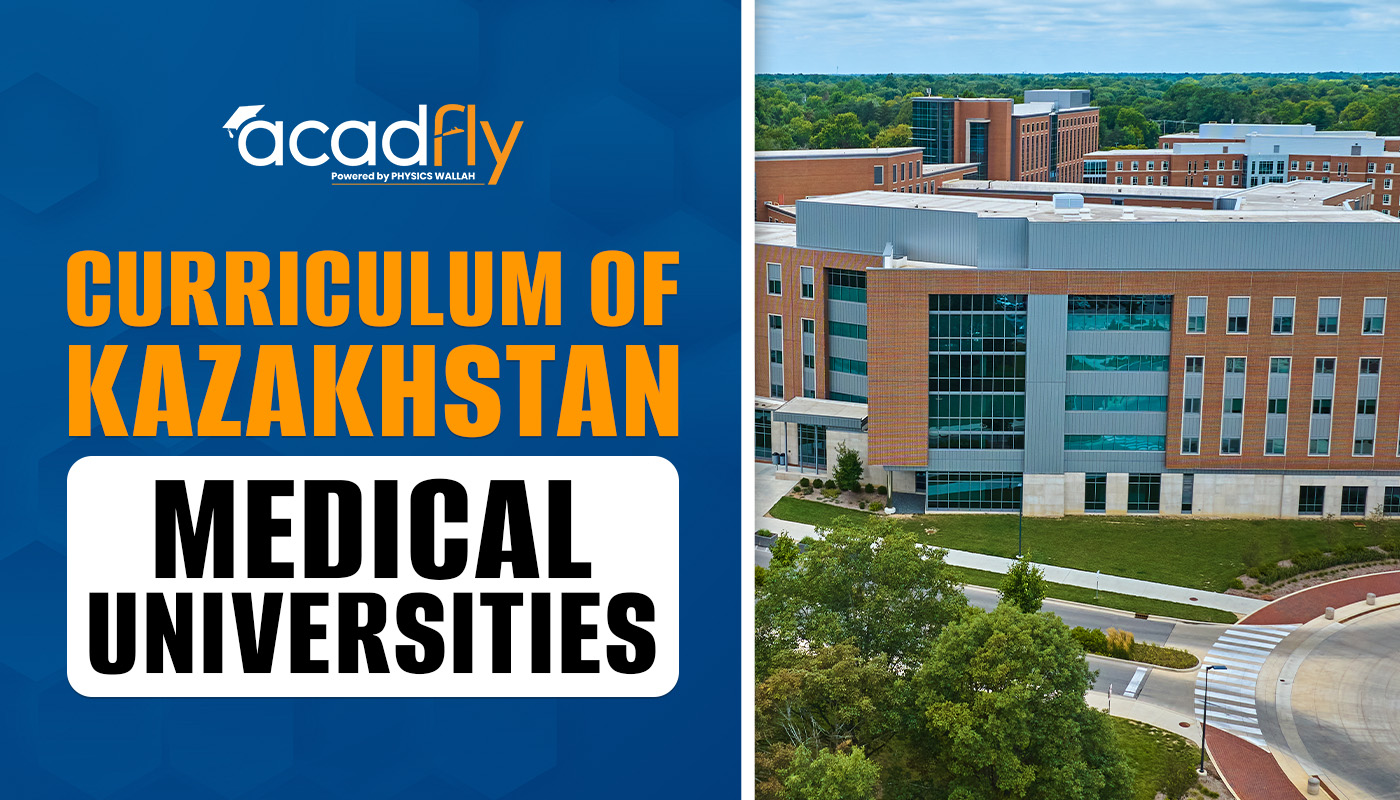

Demand is higher since an increasing number of international students are going overseas to further their education. The process of applying for a student visa is necessary for everyone who wants to study overseas. Students can broaden their view on the world and create a lifelong global network of friends and contacts by studying abroad. When preparing to study abroad, one of the most obstacles faced by international students is the application procedure for a study visa, which varies depending on the country and situation. A visa is a document that grants the right to enter and remain in another nation for a predetermined amount of time. Thus, a student visa is a document that exclusively allows a student to enter another nation for educational reasons.
Visa and Documentation Requirements to Study Abroad in USA 2025
The US Citizenship and Immigration Services (USCIS) reports that 1,99,812 Indian students pursued higher education in the US in 2022. Compared to 2021, there were almost 19% more Indian students enrolled in US universities in 2022. One common question among international students is "Is it easy to get a study visa in the USA?" The answer is that, for Indian students in particular, getting a student visa to study in the US is not difficult as long as all of their documents and applications are submitted on time and they perform well in their interviews.
Study visas for the United States encompass three main categories: university study, exchange programme study, and vocational education. These visas are known as F, J, and M student visas in the US, respectively. There are differences in the timeliness of application evaluation for each of these student visas.
This guide to US student visas examines the many kinds of visas available to foreign students and tries to provide a step-by-step guidance for applying for the F1 Student Visa, which is available to students who want to pursue both a bachelor's and a master's degree in the country.
USA Student Visa Types
International students can apply for one of three types of study visas to the United States. The many categories of USA study visas are as follows, and applicants can also review the associated requirements for a US student visa:
J1 Exchange Visitor Visa
-
Students, visiting researchers, and lecturers participating in exchange programmes are eligible for the J-1 Exchange Visitor Visa. For instance, many Indian university students participating in short-term study abroad programmes and Fulbright scholars enter the country with a J-1 visa.
-
The term "Exchange Visitor Visa" refers to a J1 visa that is often applied for by a working professional travelling to the United States on an exchange programme. These might be a research fellowship or a 10-month vocational course, among other things. Whichever the situation, the relevant institutions would notify the applicants of it.
-
J-2 Visas are used for travel by spouses or kids who are travelling with J-1 Visa holders. Please be aware that spouses are permitted to work as long as prior consent is given.
F1 Student Visa
-
In the USA, applicants for programmes requiring more than eighteen hours of study per week must have an F1 visa. This covers all undergraduate programmes in addition to graduate programmes such as the MBA or MS programmes offered in the US.
-
F-2 visas are used for travel by spouses or kids who are travelling with F-1 visa holders. Wives may accompany their spouses to the United States to work or study, but they are not permitted to work and must apply for their visa.
M-1 Vocational/Non-Academic Student Visa
One kind of student visa specifically designated for vocational and technical colleges is the M1 visa. The M1 visa application procedure differs from the F1 visa application process in that students cannot overstay their visitation period and the M1 visa is time-stamped upon entry. Read up on study abroad student visas as well.
Requirements for USA Study Visa
Compared to obtaining a tourist visa, the US study visa application procedure involves a lot more paperwork. Together with the required documents, you also need the supporting financial and academic record papers. Before you visit the consulate for the visa interview, be sure you review this checklist.
-
A valid passport that is valid for at least six months after the duration of your visit.
-
A hard copy of the online application form, DS-160
-
SEVIS Fee Receipt
-
Appointment letter for interview (both original and copy)
-
Sending Form I-20 from the college (where you plan to study)
-
receipt for confirmation of payment for the visa fee
-
Bank statement (may be parent or guardian's) for the previous three years, demonstrating that you have sufficient assets to cover the first year's expenses
-
Salary/pay slips
-
Initial grade reports and temporary certifications
-
exam results, such as the TOEFL or IELTS score sheet, as evidence of English language proficiency (ELP), in addition to the results of the ACT, SAT, or GMAT for graduate admissions.
-
In order to fund education in the United States, financial documents are necessary.
Students must provide evidence of the amount of money required to pay all of their first year's expenditures in order to be eligible for a study visa to the United States. It covers living expenses, tuition, and other costs (such as books). In addition, students must provide documentation that they will have easy access to cash for the duration of their studies.
-
Proof of Financial Resources Needed for F1 Visa Three years' worth of tax returns (Form 16)
-
Bank statements/passbooks over the last three years.
-
Original employment letters, pay stubs, and wage slips; certified CA statement
-
Scholarship letter (if it has been sent to the applicant)
-
The bank's or the relevant authority's letter of loan approval
How Do I Apply for an F1 Visa, the US Student Visa?
To apply for a study visa to the United States, follow these steps:
-
As soon as your college sends you Form I-20, the visa application procedure will begin. It is highly advised that you pay the SEVIS I-901 fee before beginning your US visa application, even though you can do so at any point during the application process.
-
You are able to apply for a DS-160 visa form once you have paid the SEVIS fee and received a receipt. It is a form for online applications.
-
To bring to your interview, print the confirmation paper from the application form.
-
The visa cost may be paid at approved AXIS bank/Citibank outlets or via NEFT.
-
Make an appointment for the biometrics and the interview.
-
Your biometric appointment requires you to physically show up so your fingerprints and photo may be taken for your visa.
-
The interviewer will question you about your choice, college, money, and intention to return during the personal interview. In the event that they are persuaded, they will retain your passport in order to stamp the visa. This article will help you get ready for your interview for an F1 visa.
Recall that F1 student visas can be granted up to 120 days prior to the commencement of your academic programme. On the other hand, you are not permitted to go to the United States with F1 status thirty days prior to your start date.
Dependence
F2 or M2 visas are needed for spouses and minors under 21 who want to travel with the applicant to the US for the whole period of their stay. Spouses with F2 status are not permitted to participate in full courses, but they are permitted to attend vocational or recreational programmes, such as those that include pursuing a passion like cooking or tennis. Children with F2 status are permitted to enrol full-time in elementary, middle, or high school. They are not permitted to enrol in a college or university's full-time programme of study.
During the duration of their F2 Visa stay, students' wives and children are not permitted to take jobs.
Additional Details
After graduating, holders of F1 visas are entitled for up to 12 months of optional practical training, or OPT. This implies that you can begin working a year after completing your coursework. It is a short-term work permit that enables students to obtain real-world experience related to their course of study. If you need to keep working in the US after that, you will need to apply for a work visa. Regardless of whether you've filed for OPT or received a job offer, you are eligible to stay in the US for a maximum of 60 days following the end of your course.
Studying in the United States with Scholarships
You may also apply for several scholarships offered by the college or institution you are applying to if you are a deserving student. Numerous scholarships are available to study in the United States. Scholarships are regarded as one of the finest options for paying for school. International students who intend to continue their education overseas are concerned about money management. Students can also apply for scholarships from a variety of colleges and institutions. It may be determined by merit or necessity.
Additionally, experts advise students to look into the many kinds of scholarships that are accessible to them. The most well-liked scholarships for students wishing to study in the United States are listed below:
-
Global Study Awards
-
TATA Scholarship
-
Central Sector Scheme of National Overseas Scholarship for SC etc.
Conclusion
In conclusion, for every prospective foreign student, securing a student visa is crucial to their ability to study overseas. Although meeting all of the qualifications, eligibility requirements, and costs might be difficult, with proper planning and preparation, it is possible to achieve. Students can guarantee a more seamless application procedure by extensively understanding the particular visa categories and requirements of their intended countries.
Recall that a student visa provides doors to a world of employment options, cultural experiences, and academic progress. It's not just a stamp on your passport. Thus, begin your study abroad adventure, grab the chance, and obtain a student visa.
FAQs
1. Can student visa holders leave the United States while studying?
Yes, holders of student visas are only permitted to leave the country with authorization from the designated school official, or DSO, of the particular US university or institution. Student visa holders are only allowed to exit the country and return to it with the DSO's approval and signatures, provided that they are still in the country and that their visa is still valid. Following the requirements while in possession of the visa is essential since without these authorizations, applicants are unable to leave or enter the USA for any reason.
2. How long is the validity of the US student visa?
The duration of a US student visa is determined by the applicant's course load; as long as an F-1 visa holder is enrolled full-time, their visas will last longer than six months. As with the other visas, the duration of the applicant's stay in the United States will depend on their intended term of study or exchange programme. As a result, it differs for all types of Americans who possess student visas.
3. Where do I submit my student visa application?
The embassy or consulate of the nation you're applying to can help you apply for a student visa. The website of the embassy or consulate is another place you may apply. For instance, you might visit the website of the American embassy or consulate in your native country to apply for a student visa to the United States.
Frequently Asked Questions


